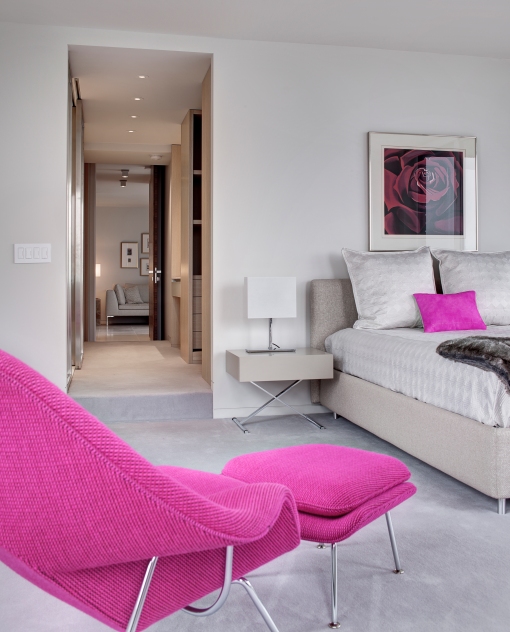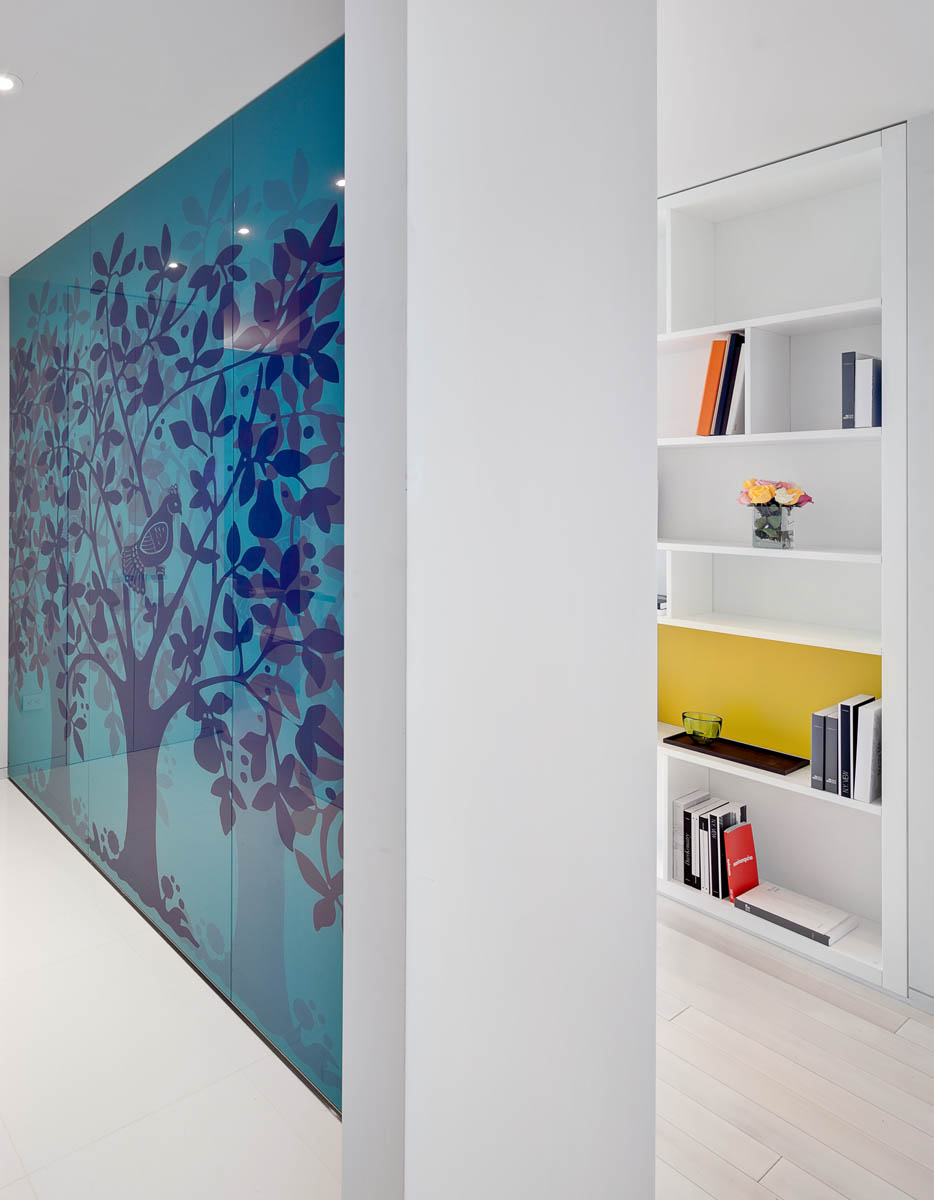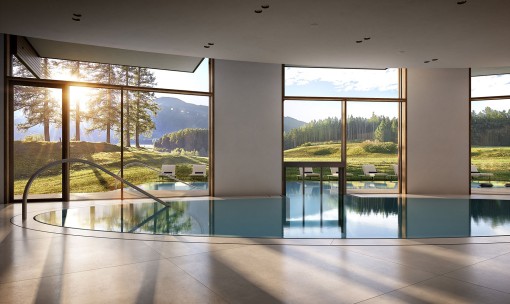ORA studio NYC Celebrates Women’s Equality

Women have made so many integral and vital contributions to the world, but many of these groundbreaking pioneers are not known or recognized for their achievements because they lived at a time when women were not “allowed” to advance in certain industries but still did the work behind the scenes to further the advancement of their field.
To celebrate Women’s Equality Day, I want to honor the scientific visionary Cecilia Helena Payne-Gaposchkin, a British-born American astronomer and astrophysicist. Her interest in science began at an early age while studying in a private school in England. She then won a scholarship that paid all her expenses at Newnham College, Cambridge University, where she initially read botany, physics, and chemistry and then turned her interest in Astronomy into her life’s passion. She completed her studies but was not awarded a degree because of her sex; Cambridge did not grant degrees to women until 1948. Knowing her only option was to become a teacher, she left England for the United States and Harvard University and began her doctoral dissertation in 1925 she became the first person to earn a PhD in astronomy from Radcliffe College of Harvard University.
Her thesis title was “Stellar Atmospheres, A Contribution to the Observational Study of High Temperature in the Reversing Layers of Stars” which stated that stars were composed primarily of hydrogen and helium and established that stars could be classified according to their temperatures. Her groundbreaking conclusion was initially rejected because it contradicted the scientific wisdom of the time, which held that there were no significant elemental differences between the Sun and Earth. Independent observations eventually proved she was correct.
After her doctorate, Payne studied stars of high luminosity to understand the structure of the Milky Way. Later she surveyed all-stars brighter than the tenth magnitude, making over 1,250,000 observations with her assistants. This work later was extended to the Magellanic Clouds, adding a further 2,000,000 observations of variable stars. These data were used to determine the paths of stellar evolution. She published her conclusions in her second book, The Stars of High Luminosity (1930).
Payne-Gaposchkin remained scientifically active throughout her life, spending her entire academic career at Harvard. When she began, women were barred from becoming professors at Harvard, so she spent years doing less prestigious, low-paid research jobs. In 1956 she became the first woman to be promoted to full professor from within the faculty at Harvard’s Faculty of Arts and Sciences.
The trail she blazed into the largely male-dominated scientific community was an inspiration to many, she paved the way for women in science to become leaders and innovators in their field. These women, the “Cecilias” of the world should be honored and recognized for their outstanding accomplishments despite the many glass ceilings and walls they needed to break. It is these lesser-known heroines who we give our respect, who never gave up and whose passion never stopped them from pursuing their life’s work.










